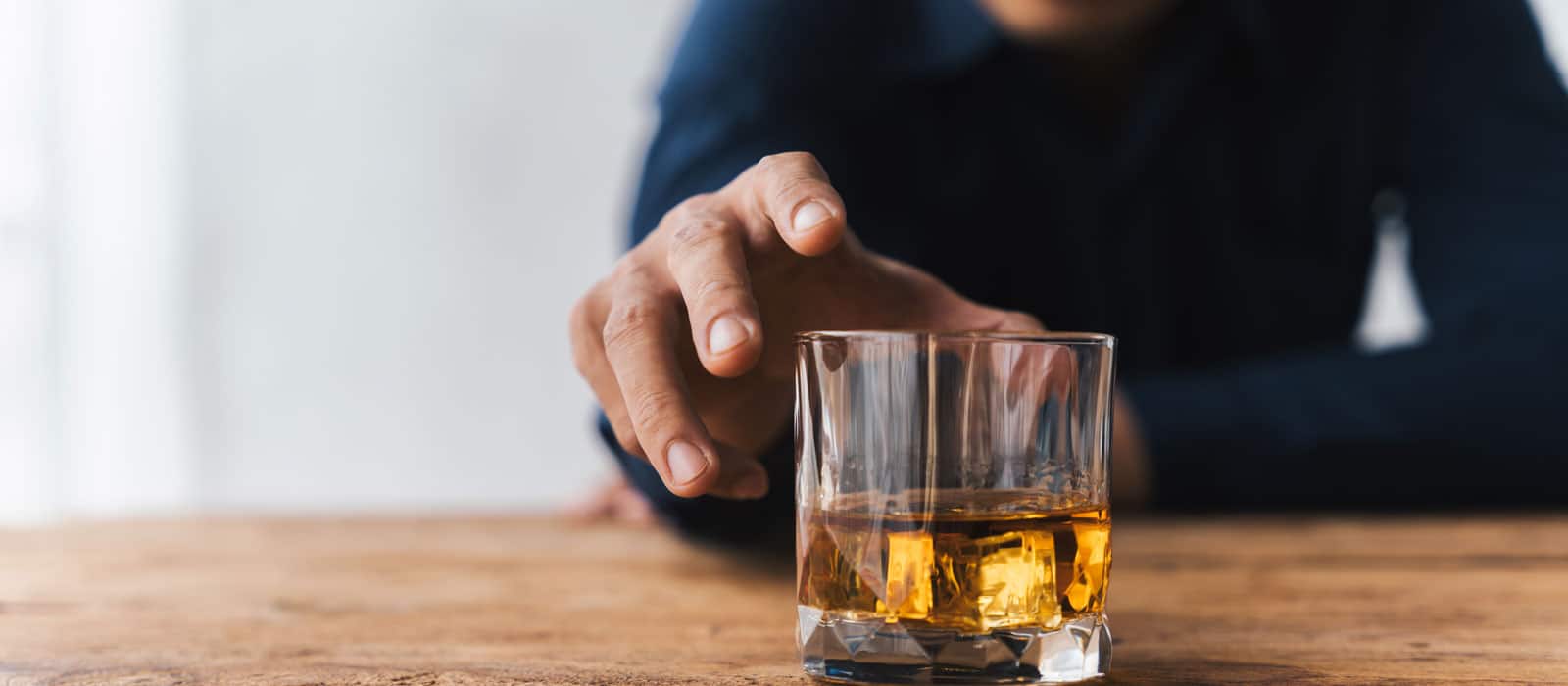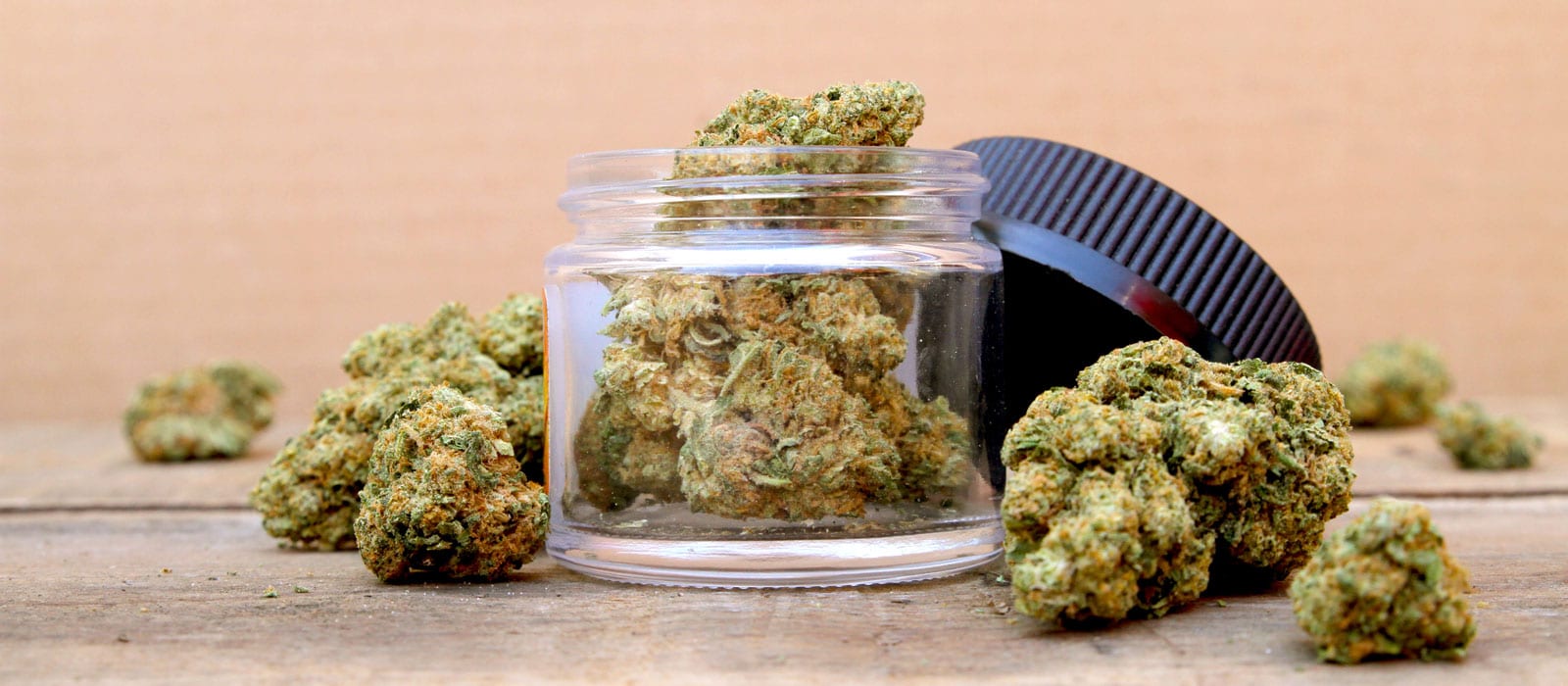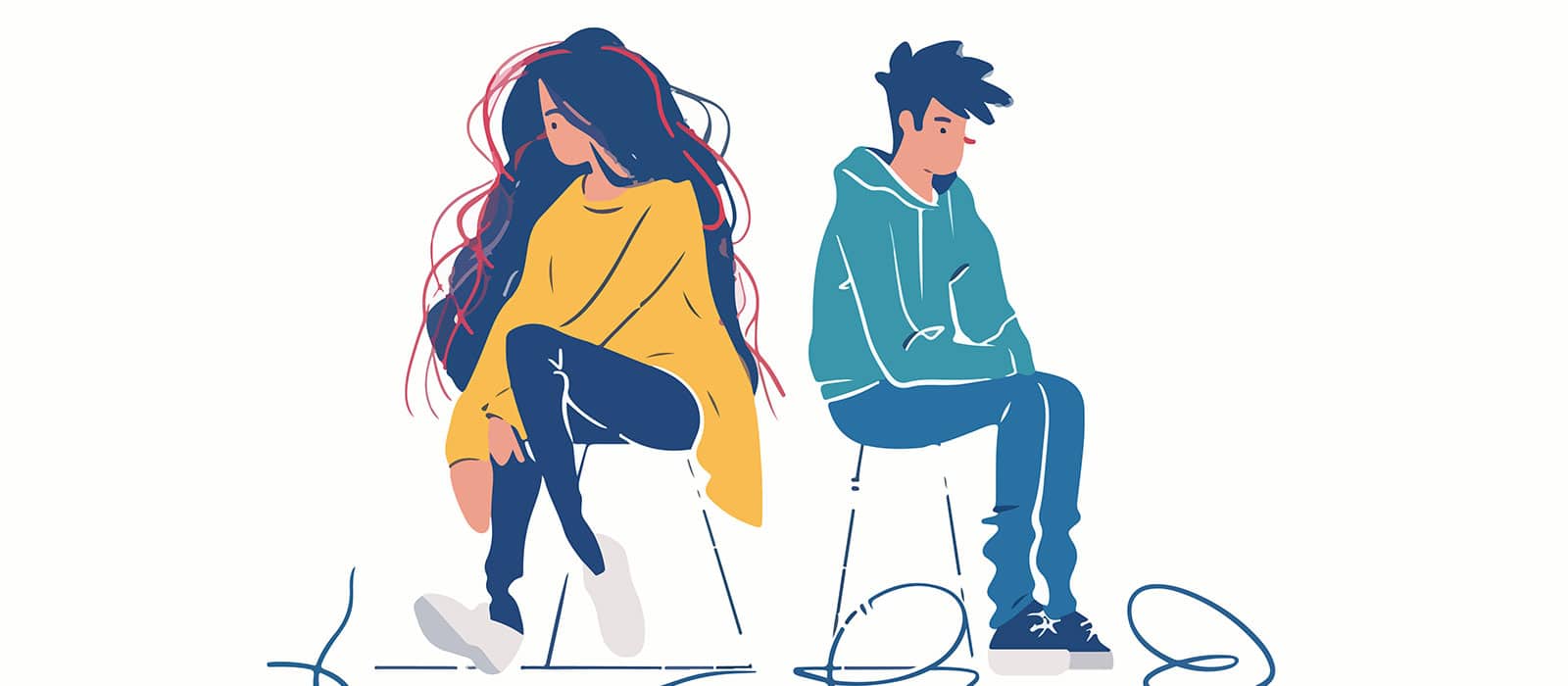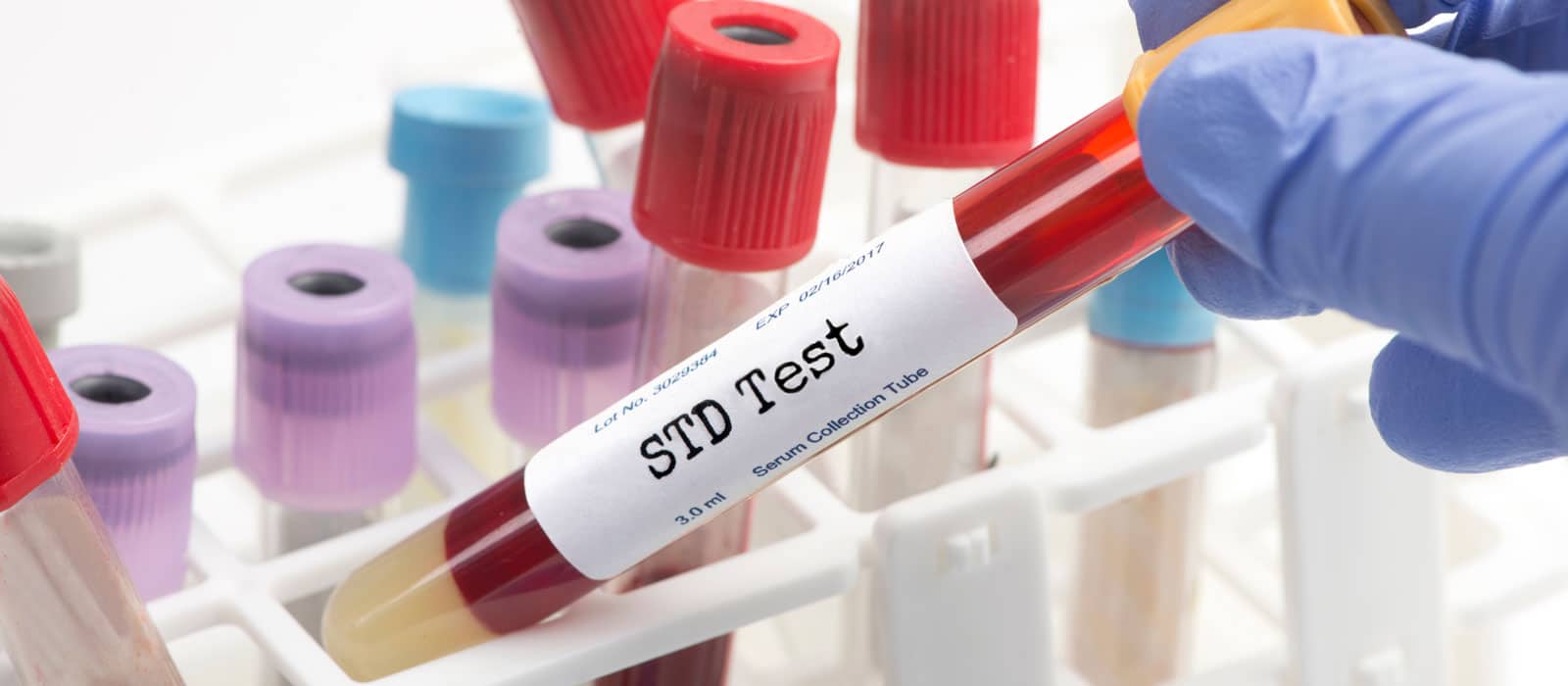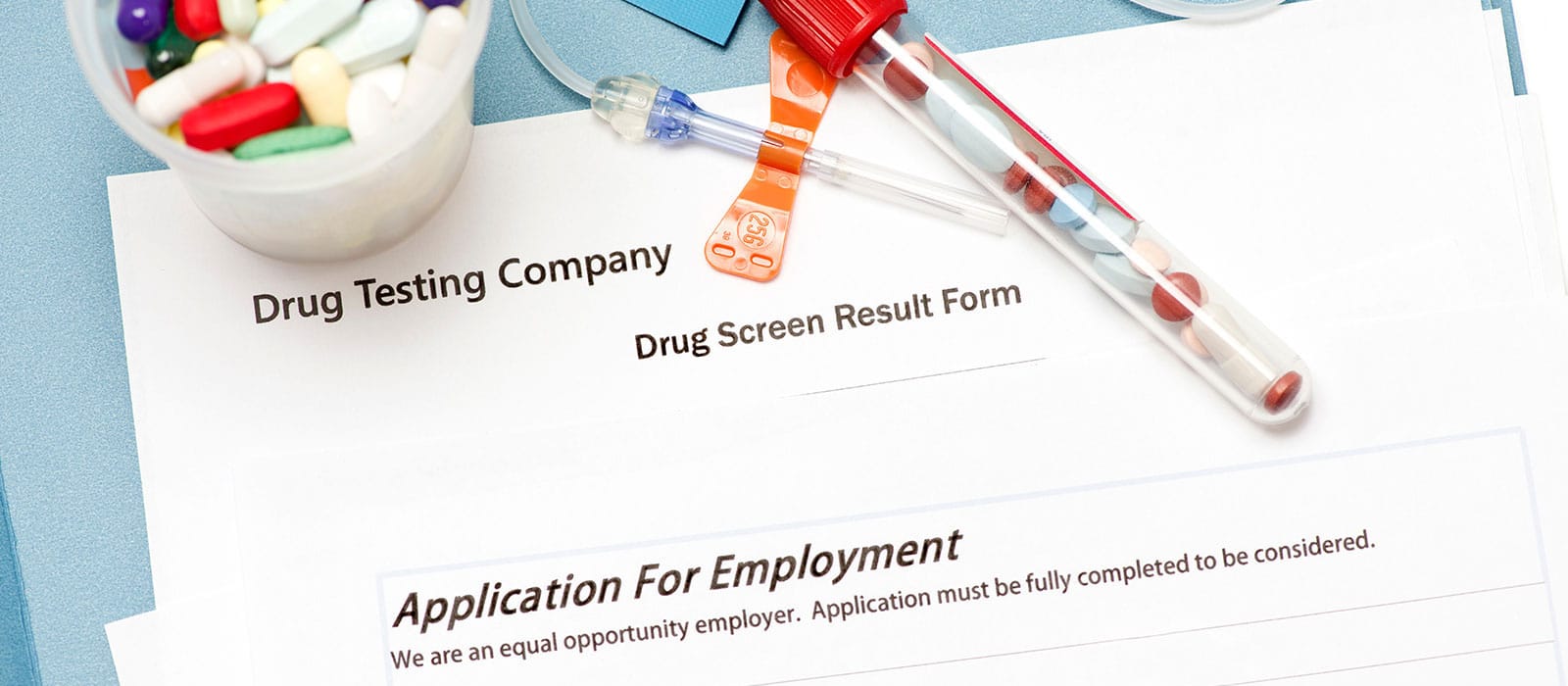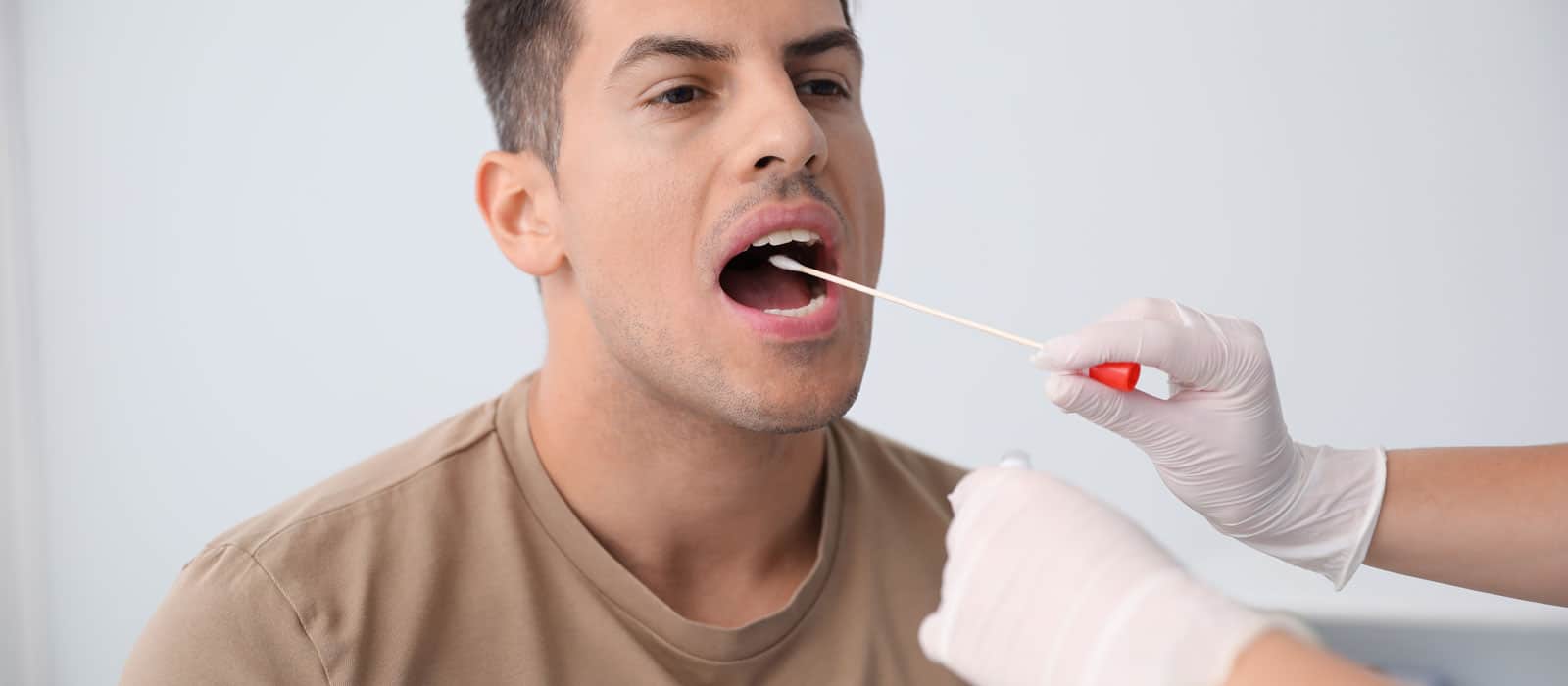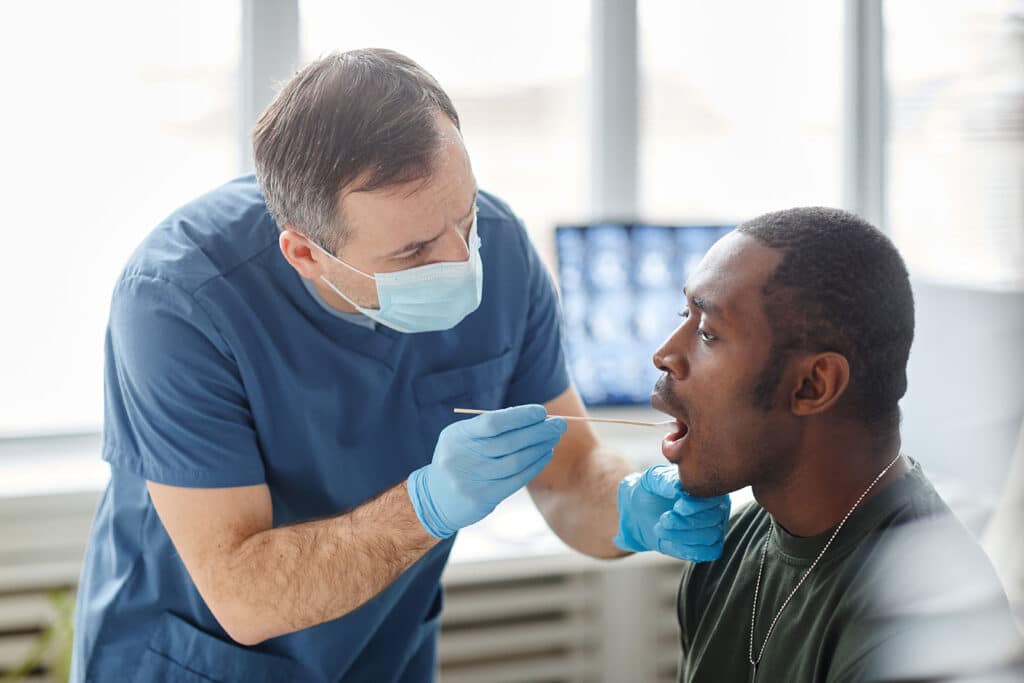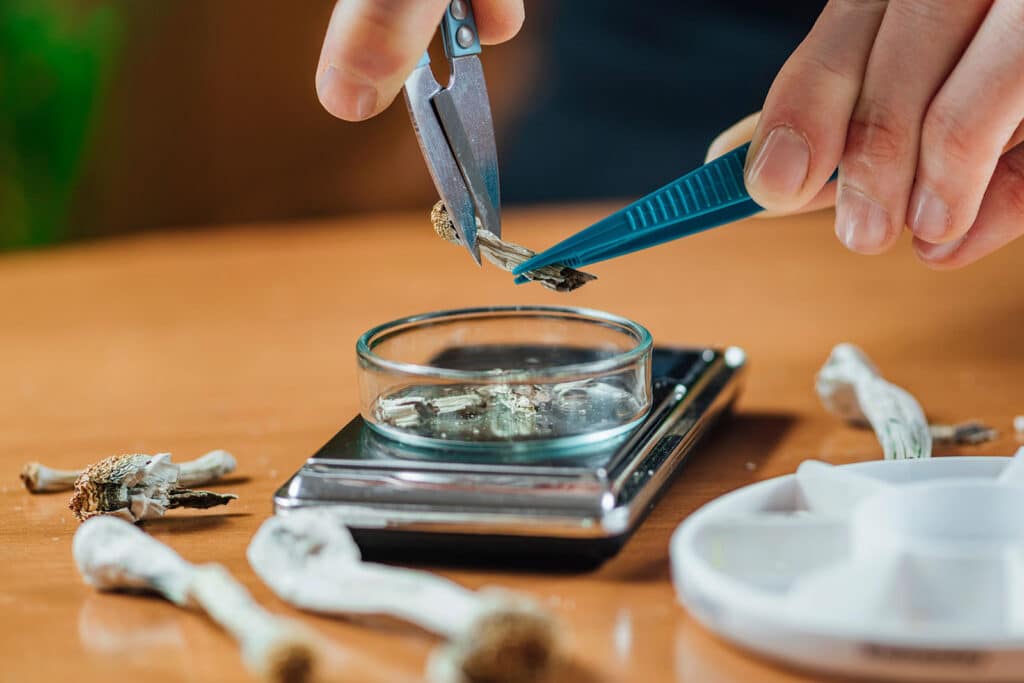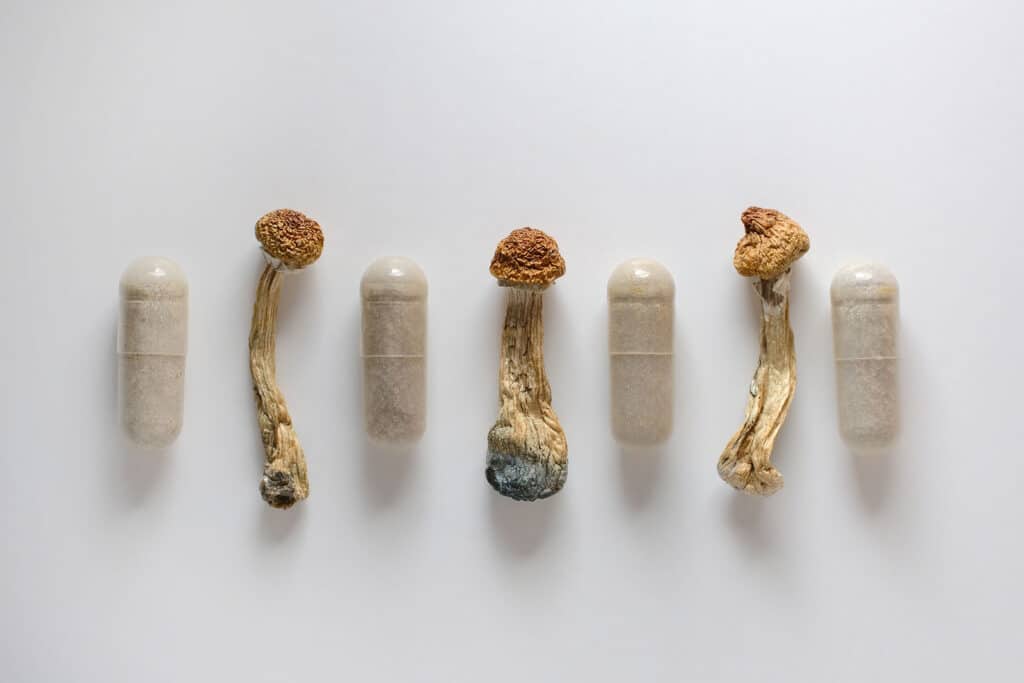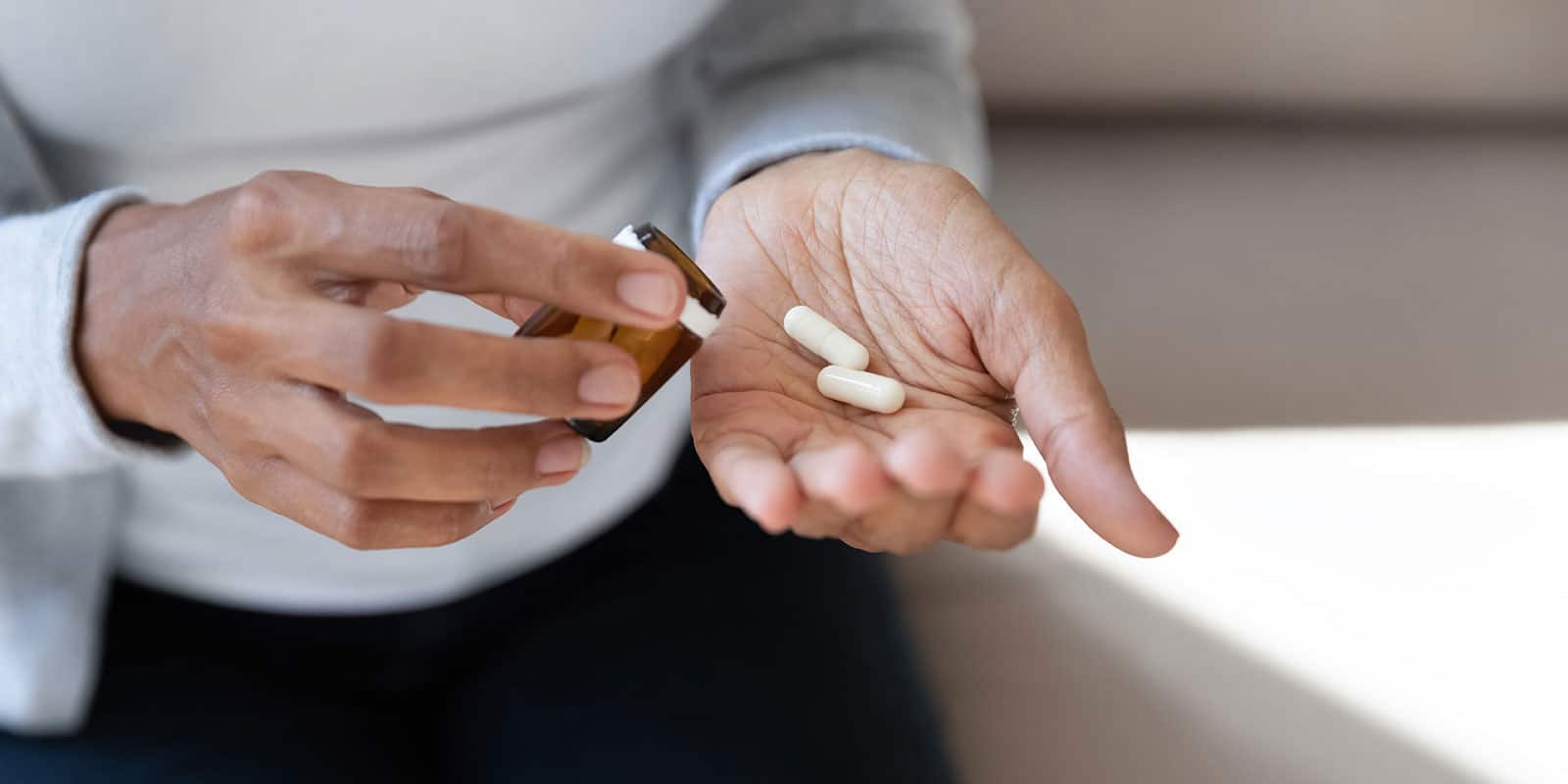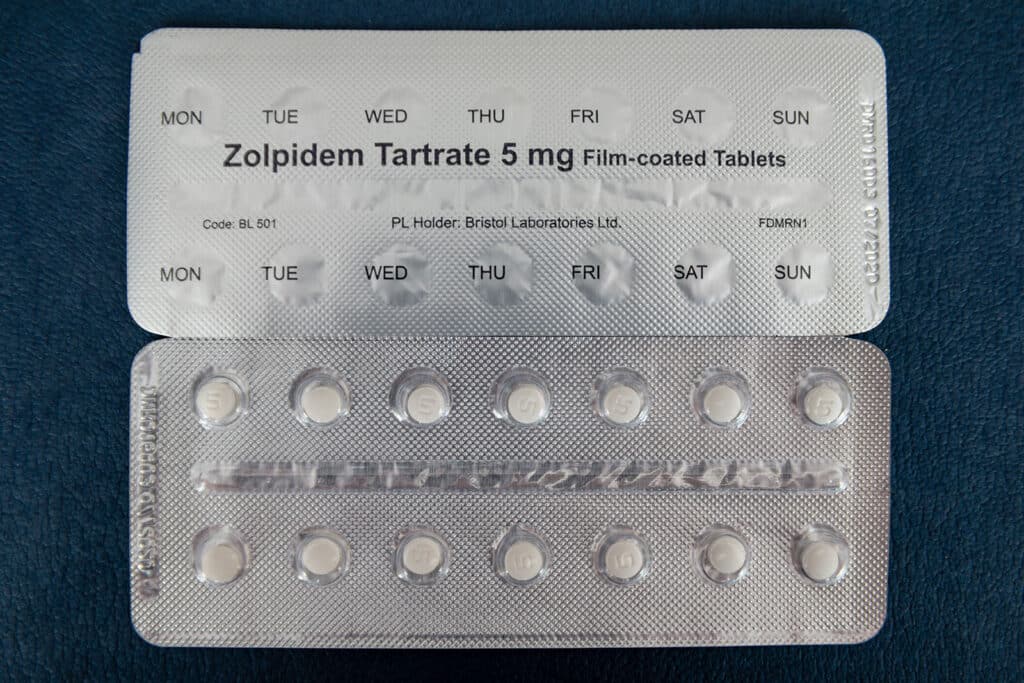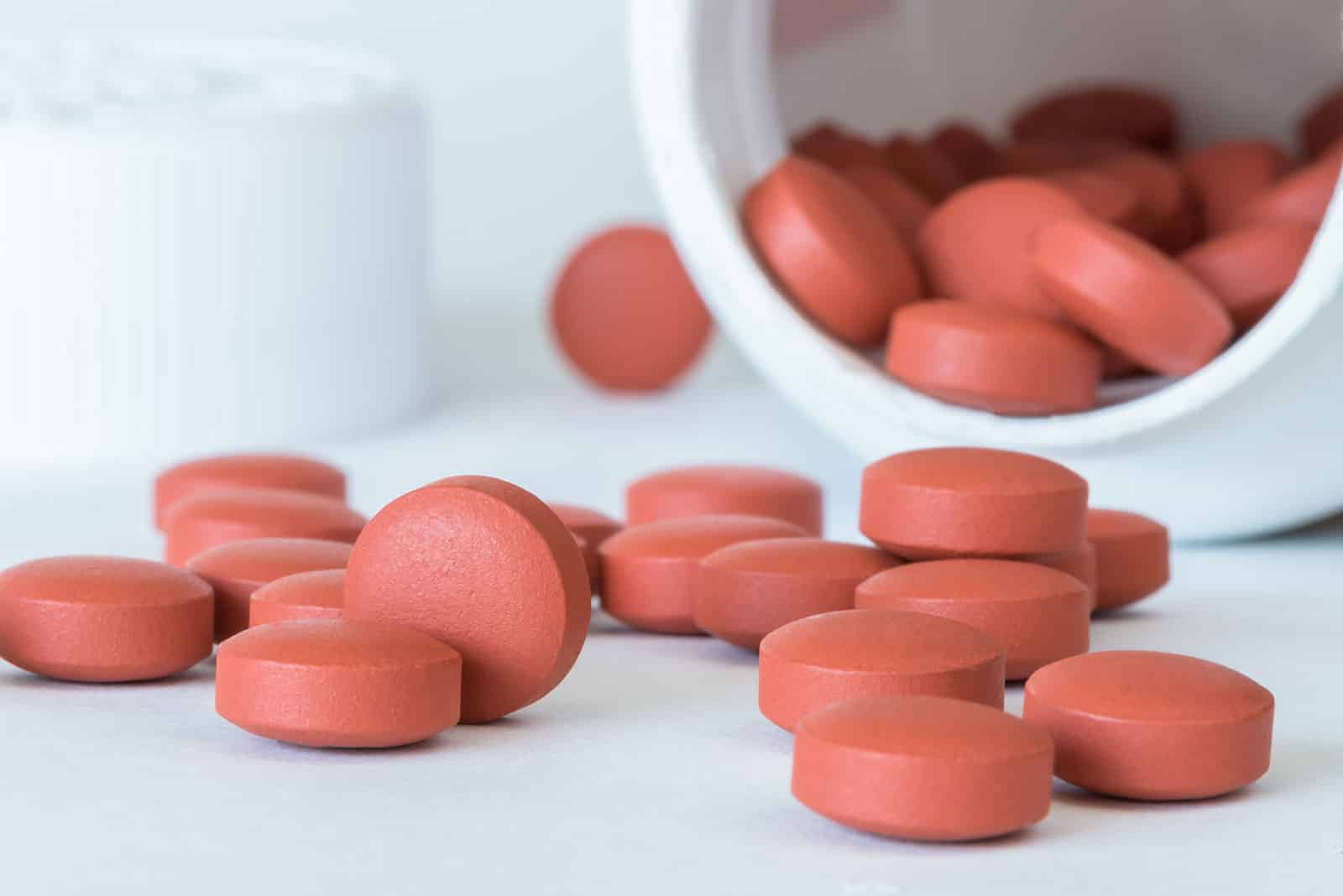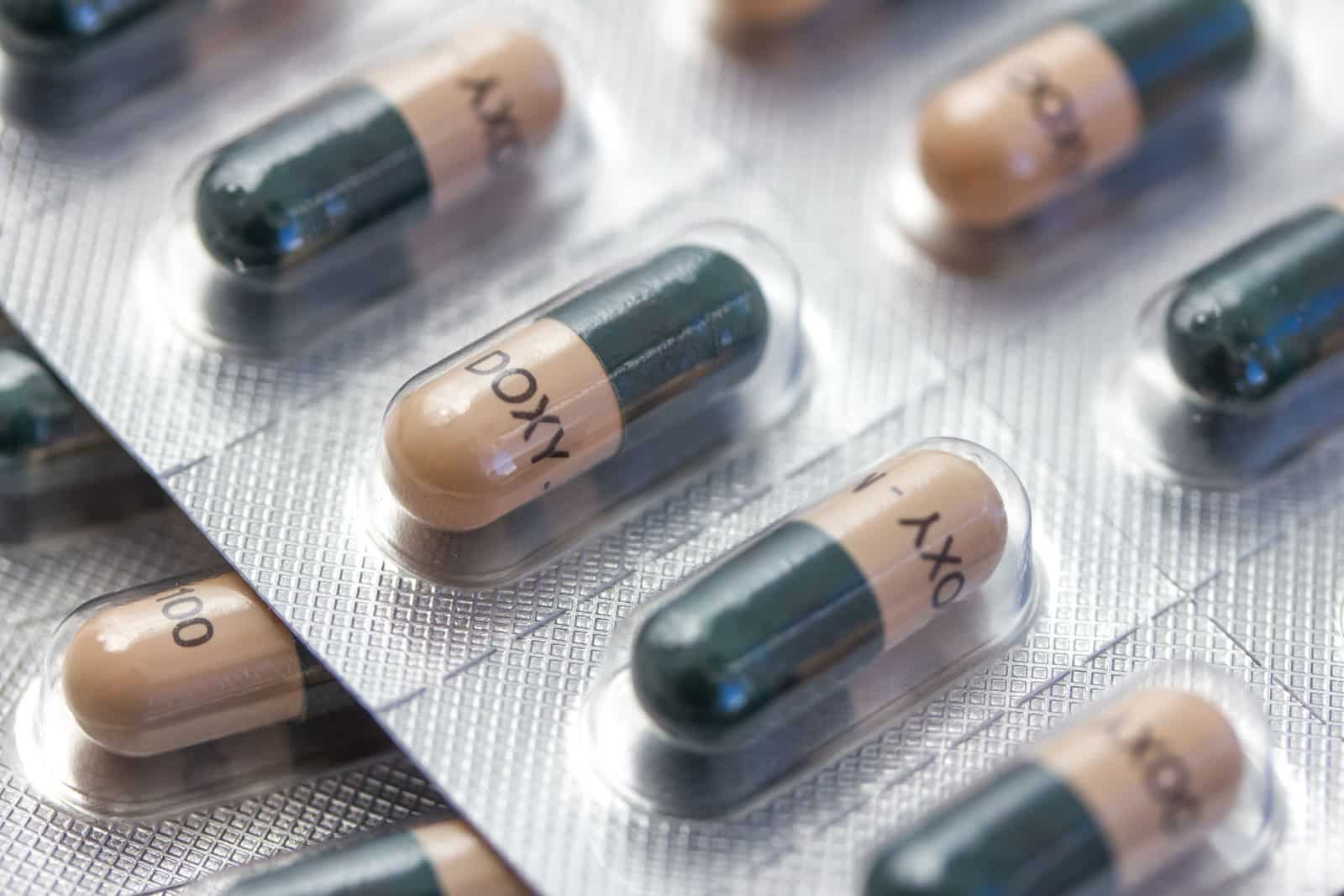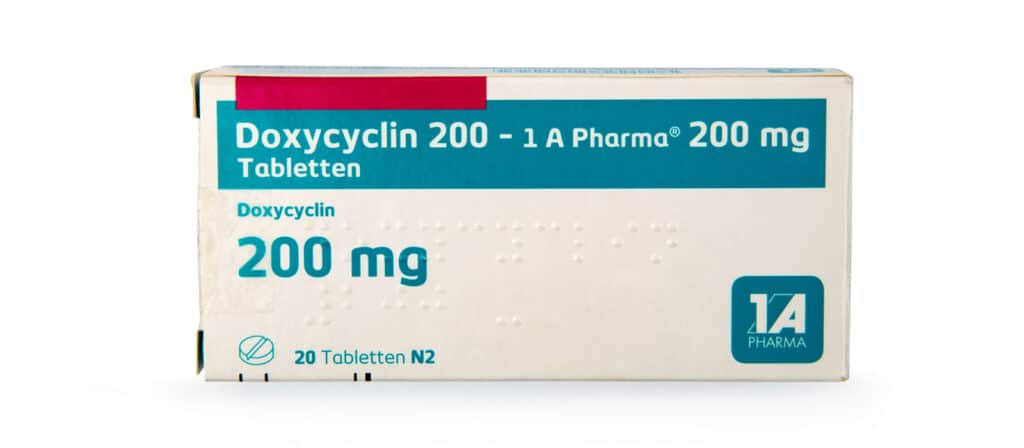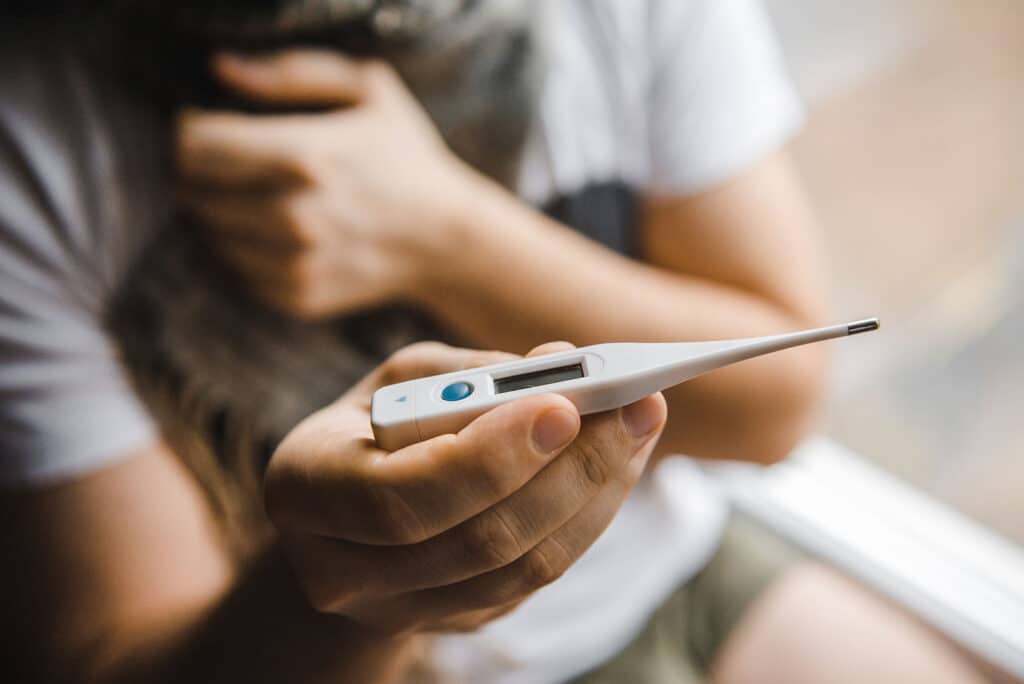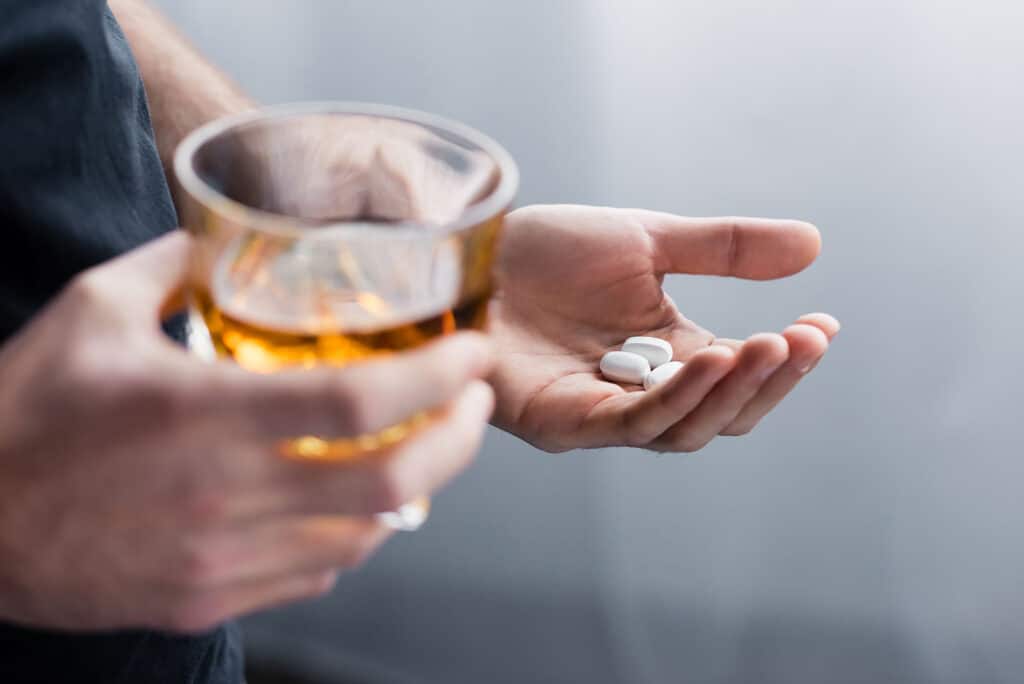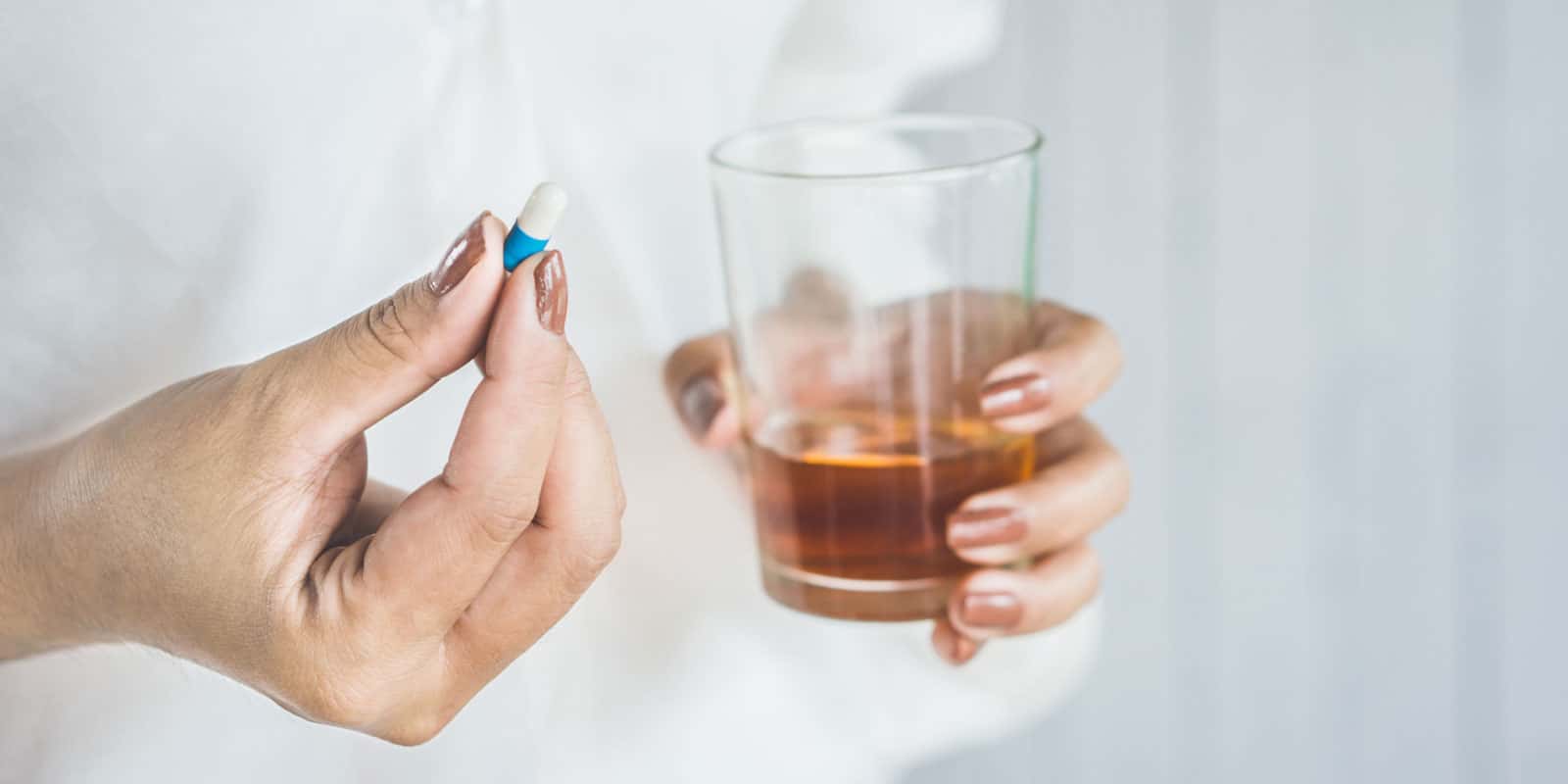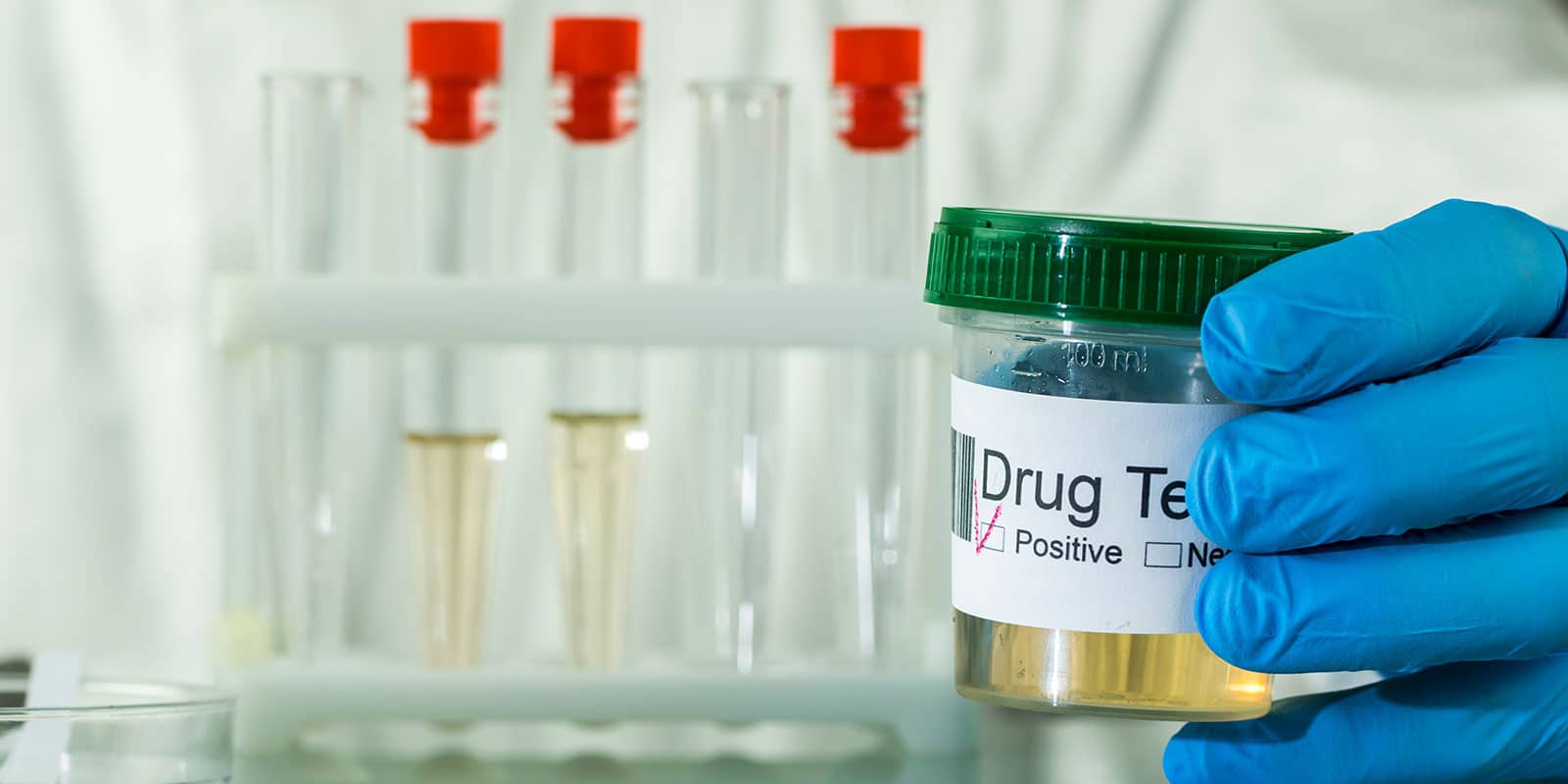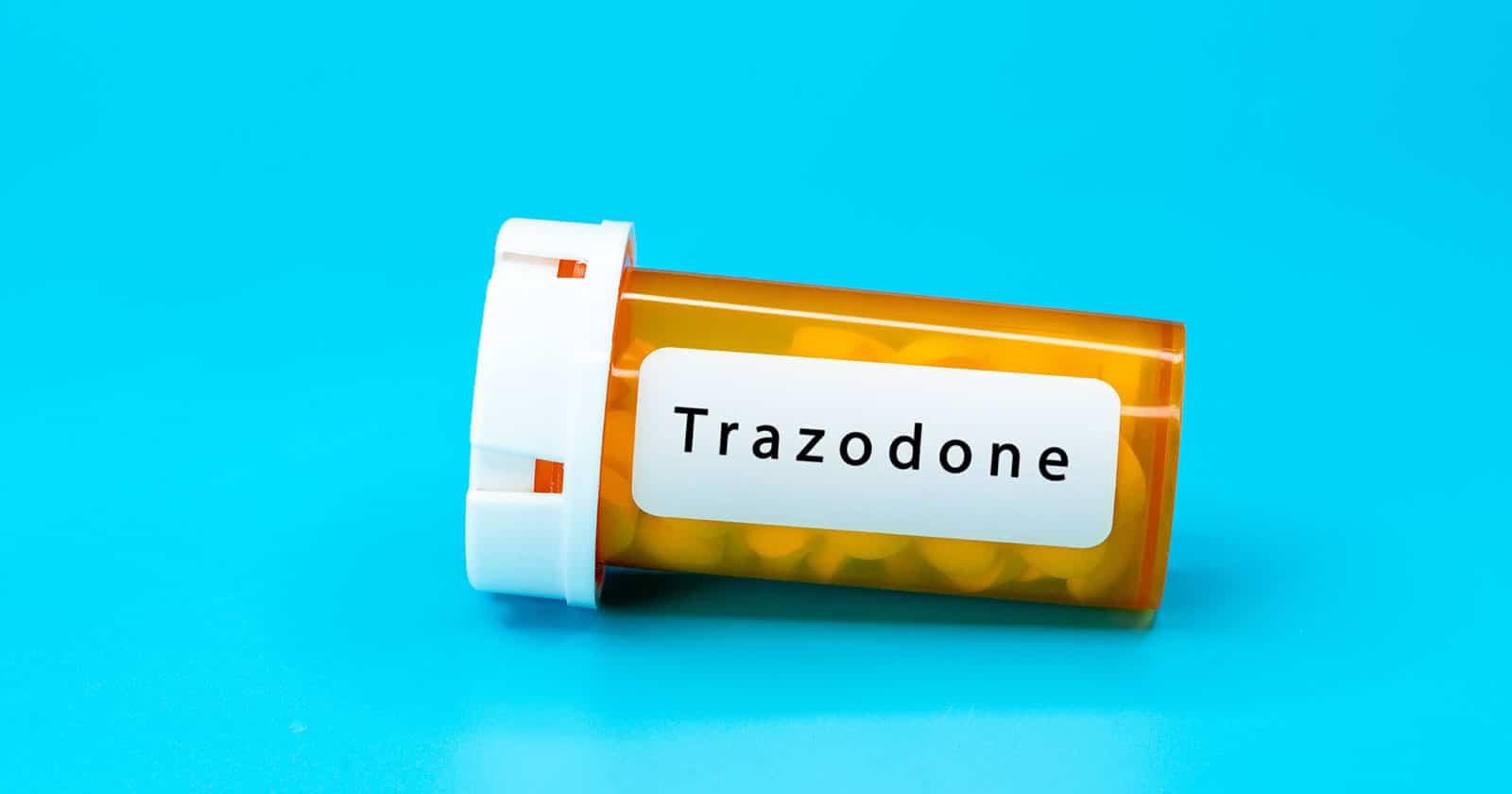While enjoying a drink from time to time is generally okay, excessive consumption can lead to devastating consequences, as alcohol addiction is a serious condition and can be as life-threatening as other forms of substance abuse.
If you want to take a proactive approach to your well-being by cutting down on your alcohol consumption or stopping it altogether, this guide will have you covered!
In today’s article, we’ll have a brief overview of the different methods you can use at home to stop drinking and explore the effectiveness of in-home abstinence. Let’s dive right in!
Home Remedies and Tips to Help You Reduce Drinking Alcohol
The following list will include a variety of helpful yet simple remedies that you can use to reduce or stop mild alcohol cravings. Here’s a quick overview of each one of them and how they work.
1. Maintain Proper Hydration
One of the oldest remedies to alcohol cravings that still works to this day is simply drinking more water.
Cravings for alcohol can be linked to a hormone called “ghrelin”, which stimulates appetite and can be mistaken for a need to drink.
According to studies, maintaining high hydration levels reduces the production of acetylated ghrelin, which effectively tames alcohol intake.
2. Ashwagandha
Ashwagandha is a popular herb in traditional Chinese medicine that shows promise in managing some symptoms associated with alcohol withdrawal.
One study suggests Ashwagandha was found helpful in reducing anxiety and seizure risk during alcohol withdrawal. While most studies of the drug didn’t reach the clinical trials stage, many people also reported the drug’s effectiveness in the early stages.
3. Milk Thistle
Milk thistle is an herb commonly used to support liver health, which is the organ most affected by excessive alcohol consumption.
The plant is rich in antioxidants and has anti-inflammatory properties that make it a helpful addition to your natural remedy routine as you try to cut back on alcohol consumption.
4. Kudzu
Kudzu has emerged as one of the new promising remedies to cut back on drinking habits. Studies have shown that taking the vine extract before drinking can significantly decrease alcohol consumption anywhere between 30% to 50%.
However, kudzu works in a unique way, as it contains isoflavones that accelerate the intoxicating effects of alcohol on the brain, which signals your body to slow down alcohol use.
5. St. John’s Wort
St. John’s Wort is another herb that has been used as a remedy for a wide range of diseases and mental health conditions over the centuries, including depression. Research shows that it also shows promise in reducing alcohol consumption.
According to a study, the plant contains an active ingredient called “hypericin”, which is capable of decreasing cravings by up to 50%. However, you should note that this herbal remedy often interacts with medications, so you should consult a qualified healthcare provider using it.
6. Holy Basil
Holy basil is another highly regarded herb in Ayurvedic medicine. One thing to note about this herb is that it’s not a direct treatment option for cravings or withdrawal.
Instead, it possesses calming properties that can ease anxiety which is a common trigger for alcohol cravings and one of the most common symptoms of mild withdrawal.
While it can’t eliminate cravings altogether, incorporating it alongside other strategies can help cover more ground while attempting to cut back on alcohol abuse at home.
7. Lifestyle Changes
Besides herbal extracts, making changes to your daily routine can a long way in curbing your alcohol cravings. These can include a variety of wellness and self-care aspects, such as:
- Exercise: Physical activity helps reduce stress and improves mood, which can distract your mind from cravings.
- Healthy Eating: Eating a balanced diet with plenty of fruits, vegetables, and whole grains can improve your overall well-being and encourage you to stay sober. You must also consider using alcohol-free alternatives when it comes to beverages and cooking ingredients.
- Sleep: Getting enough sleep every night (in addition to healthy naps) can massively reduce stress-induced cravings.
- Identifying Triggers: Recognizing situations, emotions, and patterns that make you crave a drink can help you avoid them or have a treatment plan to cope differently. For best results, you might need to seek the help of a therapist using evidence-based approaches like behavioral therapy.
- Distractions: Getting preoccupied with a new hobby or a certain activity that you enjoy can keep your mind off craving alcohol.
8. Practice Mindfulness and Meditation
Focusing on the present moment and becoming more aware of your thoughts and emotions is a great way to detach from cravings without acting on them.
These relaxation techniques can include a variety of methods, such as meditation and self-awareness, yoga, massage, acupuncture, and simple breathing exercises.
In fact, many of these techniques are included in treatment plans for substance use patients who recently recovered to stay sober.
How Effective Are Alcohol Cravings Home Remedies?
The previously mentioned home remedies are a helpful starting point for managing alcohol cravings. However, their effectiveness is limited to early and mild levels only.
As alcohol tolerance develops, cravings often intensify, and home remedies alone won’t be enough.
In fact, in cases of serious alcohol dependence or alcohol use disorder, attempting to quit “cold turkey” by using home remedies can be quite dangerous.
This is because the withdrawal symptoms associated with mid to late-stage alcohol addiction can lead to serious side effects, such as tremors, fever, and seizures.
This requires medical supervision and a careful tapering process during alcohol detox (medication-assisted detoxification).
Important Notes While Trying to Quit Alcohol at Home
While home remedies and lifestyle changes can be a great starting point, you must be aware of their limitations. Here are some critical considerations to keep in mind regarding alcohol dependence and abuse:
Familiarize Yourself with Alcohol Withdrawal Symptoms
You should be aware of withdrawal symptoms and how they vary depending on the severity of alcohol dependence.
For instance, headaches, body aches, and insomnia are common mild symptoms. However, if you experience severe pain, nausea, seizures, or anxiety, it’s usually a sign that your alcohol dependence is severe and may require medical supervision.
Be Honest with Yourself About Your Current State and Committed to Abstinence
Taking charge of your alcohol use requires a genuine commitment to change. Honestly assess your current drinking habits and your motivation to quit.
You may also want to communicate with your family members about your goals to have them support you through the process.
Supplement Your Efforts by Attending Support Groups
Just because you’re trying to quit drinking at home doesn’t mean you have to be alone in your journey.
Support groups organized by Alcoholics Anonymous can offer the guidance and encouragement you’ll need during your journey.
Talk to Your Doctor to Ensure Your Safety
Home remedies can be an excellent starting point if you want to set foot on the right path. However, as previously established, seeking the help of a healthcare professional can make all the difference while trying to overcome alcoholism.
Consider starting your journey by having a conversation with your doctor to assess your situation and establish whether quitting at home is safe for you.
Seeking Professional Help Maximizes Your Chances of Long-Term Success
Quitting alcohol can be a tough challenge but it’s not an impossible one. However, with professional help, your chances of staying sober can increase dramatically.
A treatment facility with qualified professionals would help you set up a personalized treatment plan, and even prescribe medications to help you control withdrawal symptoms.
If you or your loved one are struggling with alcohol addiction in New York, Long Island Treatment Center will offer all the professional guidance you need along the way!


